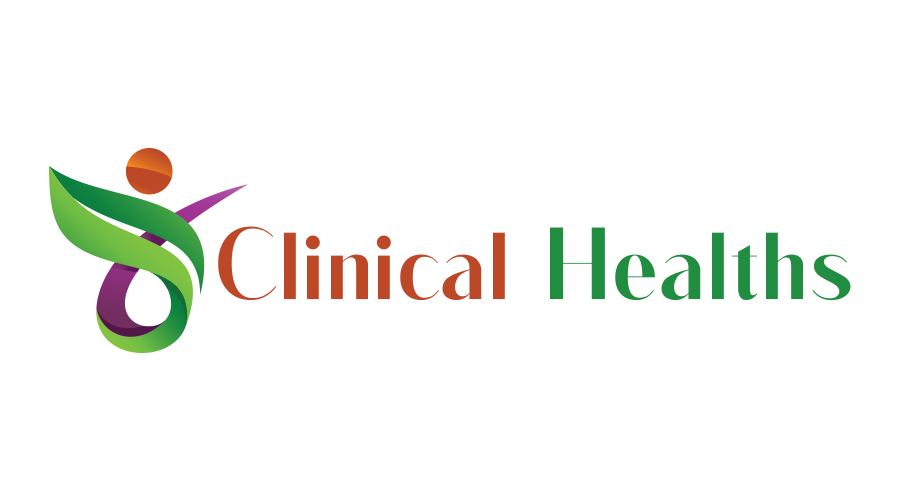Thanks to digital healthcare advancements, telemedicine is an essential service that is becoming a part of modern medical practice. Strong approaches to data administration and data organization are fundamental behind productive consultations and stand behind productive virtual consultations.
This blog demonstrates how healthcare data entry in telemedicine services supports remote medical care delivery and improves patient experience in modern digital health use.
1. Digital Health Record Systems
However, for most of the current healthcare framework, patient healthcare records are still mostly digitally structured databases and handled. Immediate medical professional access to patient health records is needed to deliver quality care through virtual consultations.
Both simple health data and complete medical record data are maintained in practice applications. When digitizing appointments, healthcare professionals’ access to historical treatment records is made available online in minutes. Digital access speed allows doctors to make informed decisions on a patient’s treatment plan.
2. Health Monitoring from Home
For remote patient care to work, symptoms must be consistently reported from home devices. Incoming healthcare data streams must also be processed in standard ways for patient monitoring equipment systems. The latest data updates allow clinicians to spot health patterns from the comfort of their homes.
Monitoring technology is emerging, making it possible to quickly identify patient health changes that need immediate attention from medical staff. With each update in real-time, the health metrics enable clinicians to adjust treatment appropriately.
3. Virtual Visit Management
The process of online medical facilities requires proper scheduling technologies. The system depends on accurate data entries for digital scheduling to achieve effective doctor-patient coordination.
Correct scheduling avoids provider overlaps and ensures maximum clinical work hours. Visit history details are stored on digital platforms to organize future medical appointment scheduling.
4. Medical Payment Processing
Virtual healthcare delivery systems require systematic insurance claim management solutions and payment processing mechanisms. Digital tracking systems can more efficiently manage online consultation documentation and medical billing information.
Organized payment systems guarantee prompt payment to healthcare providers for their medical service delivery. Through its work, this organization provides patients with essential knowledge about their medical costs along with policy information.
5. Digital Medicine Management
Ensuring the dependability of such systems is critical to online healthcare, which relies on them to manage patient prescription data and its updates. With complete medical records, patients are spared the dangers of ill-advised drug mixes because Mined digital patient records remain.
Healthcare providers can examine patients quickly during virtual medical checkups, giving them access to previous medication histories. This allows pharmacies to manage medication requests from internet healthcare interactions more quickly.
6. Healthcare Standards Monitoring
Digital medical services require rigorous control of information system quality. Routine tests also maintain accurate patient information according to health industry standards.
Using digital healthcare, privacy-sensitive medical data is safeguarded, and clinical service quality standards are preserved. This organization creates an online infrastructure that enables healthcare providers to deliver care continually.
Conclusion
Effective virtual healthcare services mainly depend on robust data management systems. Well-organized digital platforms that function as part of medical teams’ online delivery can achieve good-quality patient care outcomes.
Effective, organized patient data management is needed to support virtual healthcare development. Healthcare practitioners use superior data management systems to achieve better patient treatment outcomes.


